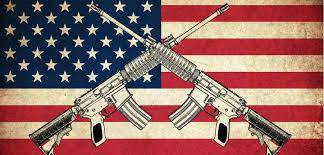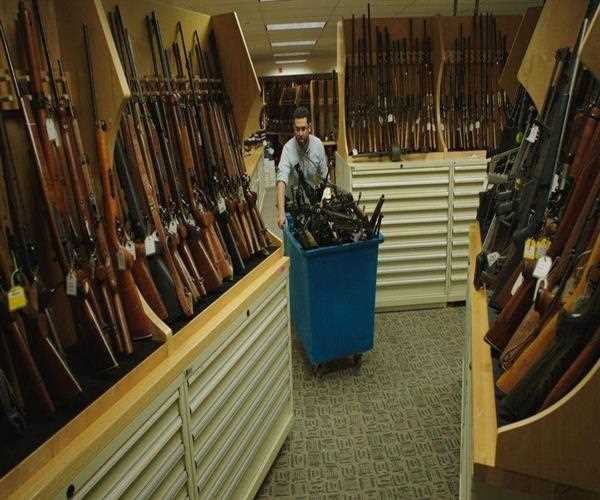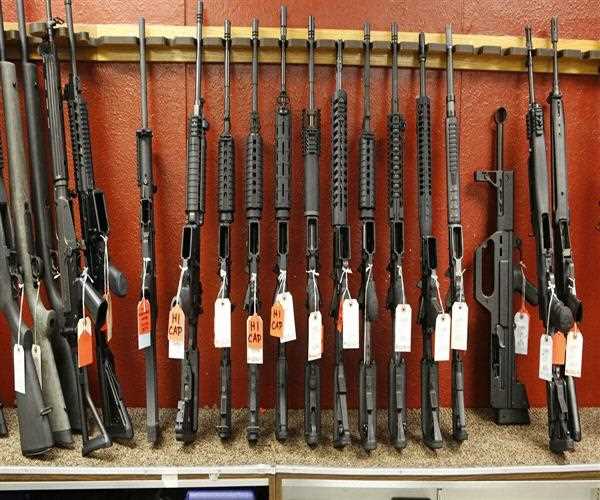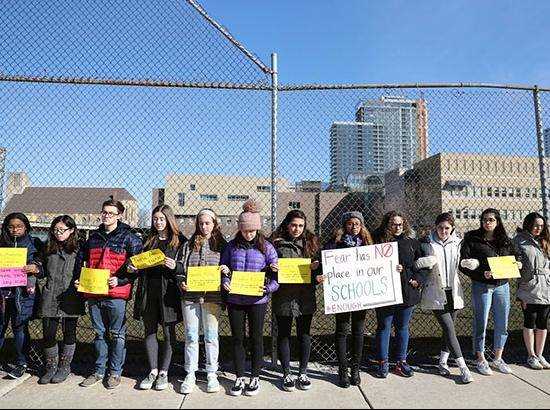Search here

29-Sep-2021 , Updated on 9/29/2021 9:16:15 AM
Gun Cultural Attitude In U.S.
We devised precise methods for differentiating between variations in firearm culture components found in different states. We then examined the noticeable quality of these subcultures across states using these methodologies, which took some time. The key section of the examination into 11 elements associated with weapon-related practices only included the critical parts, using state-level statistics. However, at that point, researchers looked into whether these components had been found over time and across states.
Due to the importance of the inquiry, three social types were identified.
- **Represented sporting aspects of firearms culture through the use of weapons.
- **The self-protection aspect of weapon culture was addressed.
- **The Second Amendment and insurrectionism were important characteristics of a representative social component.
Warrior culture in the United States encompasses everyday people's habits, mentalities, and beliefs concerning guns and their use. The right to bear arms in the United States is the highest globally, and it has been protected by an ongoing Amendment to the U.S. Constitution. In the United States, guns are mostly used for self-defence, hunting, and recreational purposes such as sport shooting.

Issues relating to firearms in the United States will generally be polarised between gun-rights supporters and those who favour stronger weapon regulation. The former is more liberal in their views. This country's gun culture stands out among developed nations due to the massive quantity of weapons owned by ordinary citizens, generally permissive gun control laws, and high levels of shooting violence.
People who are most familiar with the country's last effective obstruction of British weaponry are likely to want to prevent the opportunity from being given to the country. The presence of subordinate governments, to which individuals are connected and to which the state army officials are delegated, structures a hindrance against undertakings of desire, more impossible than any that a basic administration of any structure can concede, apart from the advantage of being equipped that Americans have over individuals from pretty much every other country.
Despite the tactical underpinnings in a few European regions that express the amount public assets can bear, governments are reluctant to provide civilians access to weapons. This guide may not be enough to free them from their shackles, though. Although individuals would have an advantage if nearby governments could be independently selected to gather the public will and direct public power as well as officials delegated from the volunteer army by these administrations and attached to them as well as the civilian army, it could very well be asserted with the best affirmation that the high position of each oppression in Europe would be swiftly toppled regardless of the armies that enacted it.
Gunsmiths in the United States
In the early days of the pilgrimage, gunsmiths from small villages were vital to those attempting to cross the wilds of North America on foot. American long rifles like the Kentucky, Ohio, and Pennsylvania were popular thanks to these skilled metalsmiths. These guns were opulently crafted and embellished with silver or gold plates or artistically carved metalwork.

However, the rifle's most distinguishing feature was its long barrel, which showed off the curved notches that ran the length of the interior bore. To ensure a straighter line of fire and greater concentration on the heavy armament specialist, these furrows were used to direct lead balls or other shots as they left the barrel. Early pilgrims relied on a well-developed point in particular while they were seeking a feast match-up.
Weapons of Mass Destruction in Progression
A small group of American volunteers engaged in guerilla tactics during the Revolutionary War, using their hunting rifles to eliminate British troops hidden in the woods.
Whatever the case may be, most of the volunteer army and mainland fighters used a crossbreed of British Brown Bess and French Charleville black powder cannons during the conflict. These smoothbore weapons had a lower rate of point hit, but they could be reloaded more quickly. As the need to arm the American Revolution grew, local gunsmiths began making their versions of European-made firearms to fill the need.
Early American smoothbore weapons had a flash produced by hitting a stone against a metal plate or 'dish' covered with black powder to set off the explosive. An experienced fighter could use the American long rifle up to three times per second, while a prepared warrior could use the flintlock weapon up to three times per second.

Republicans who own firearms are more likely than non-Republicans to support policies that restrict access to weapons. Non-owners of firearms who vote will, on the whole, be in favour of restrictions.
Republicans who possess firearms and those who don't have similar estimated gaps on the prohibition of attack-style weapons and high-limit magazines. Most Republicans who own one prefer to have all weapon sales tracked by a national government database regarding gun ownership. In contrast, the majority of Republicans who own firearms agree with the former.
There are surprisingly large gaps in Democratic positions on gun control, even among people who own firearms. However, while most Democratic gun owners and non-owners support banning assault weapons and high-capacity magazines, Democratic gun owners make up roughly 20% of those who oppose such measures.
As seen in the April 2021 overview, Americans living in rural areas frequently favour more open access to firearms. In contrast, those living in urban areas prefer more stringent restrictions, as the data shows. Even though rural areas tend to lean Republican while metropolitan areas tend to lean Democratic, this pattern holds even within ideological circles. In contrast to Republican residents of metropolitan areas, rural Republicans advocate allowing school instructors and other school officials to carry firearms in K-12 schools. Alternately, more Republicans in urban areas favour assault-style weapons bans than those in rural areas.
However, there are still some differences based on local area type of country Democrats, for example, support allowing instructors and other school authorities to carry firearms in K-12 schools, compared to 21% of those in metropolitan regions which favour more firearm restrictions regardless of where they live.
Almost everyone agrees that gun ownership is critical to the complex web of values and traditions that make up American culture. All sides in the debate over gun ownership know how deeply weapons are ingrained in the American psyche and culture. Even though the right to bear guns is a non-negotiable, unavoidable guarantee for some, it is more a part of the American experience than a draw.

Freelance Content Writer
I am a full-time freelance writer, helping people get more exposure and generate more business leads. Moreover, I help businesses promote their services and products by combining my content knowledge with my enjoyment of writing. If you want someone who will put in the time and effort to understand your needs, make your topics easy to understand, you have come to the right person. Services-- Articles, blogs, SEO (on various niches), Resume building, Product description,Cover letter much more
Join Our Newsletter
Subscribe to our newsletter to receive emails about new views posts, releases and updates.
Copyright 2010 - 2025 MindStick Software Pvt. Ltd. All Rights Reserved Privacy Policy | Terms & Conditions | Cookie Policy